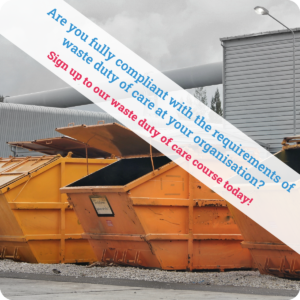The Compliance People Consultant Dave Almond looks at how companies can continue to maintain first aid cover in the workplace during the current crisis.
The Covid-19 virus pandemic and government measures to reduce the spread of the virus are having some impact on the provision of first aid in the workplace. This article offers some guidance on what businesses can do to maintain cover.
The starting point with first aid cover for a business is to examine the risks of injury or harm and the types of first aid treatment that may be needed in your own workplace, what you already have in place, and whether there are any additional steps you need to take. This is usually documented in a first aid needs assessment. The Health and Safety Executive (HSE) provides guidance on this.
The Covid-19 pandemic may well have change some of the risks, particularly with the need to maintain social distancing measures and the likelihood that there may be less staff in your workplace due to home working or shielding of high-risk staff. This may affect the number of first aiders you have available. If you have less people on site and less activities taking place, some of your risks may be lowered. Equally, if you do not have enough first aid cover, you may need to consider reducing some of your activities in the short term. It is also important to check your emergency plans which are likely to be linked with your first aid arrangements.
There may be less first aiders actually in work so check there are sufficient and that they hold suitable qualifications. Where these are set to expire, the HSE has provided guidance on how you may qualify for a 3 month extension for first aid certificates. It also gives advice on first aid training interrupted by the pandemic.
The HSE advise that it may be possible to share first aiders with another businesses. So if you are on a shared site it may be possible to work together with other companies to actually share some first aiders. There will obviously be some steps needed to work together with other businesses to assess any added risks this may bring into play and how you will manage these.
Regular checks on first aid supplies and equipment e.g. defibrillators should be maintained, and ensure that arrangements for communicating first aiders names / contact details are updated and made available to your employees. It would also be sensible to provide guidance to your first aiders should they be required to give first aid to a casualty during the current crisis.
A number of organisations have provided guidance for first aiders including St. John Ambulance. Their guidance includes a five-step process giving consideration to cross contamination and managing the risks to both the first aider and the casualty.
With social distancing measures in place, first aiders may be unsure about carrying out CPR (cardiopulmonary resuscitation) particularly if giving rescue breaths. The Resuscitation Council (UK) have emphasised how important it is to do CPR in cases of cardiac arrest, as the person will die without treatment. While the risks of cross infection associated with giving rescue breaths are normally low, the organisation has issued a video on how to carry out CPR/ defibrillation during the COVID-19 outbreak in an out of hospital situation such as the workplace.
So now is certainly a good time to review your first aid needs assessment, as well as providing clear advice to your first aiders in case they do need to treat a workplace casualty in the short term.
